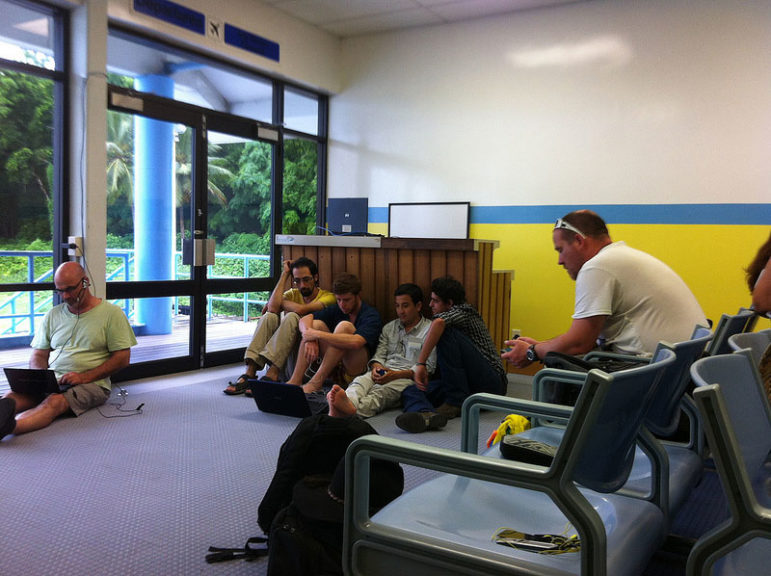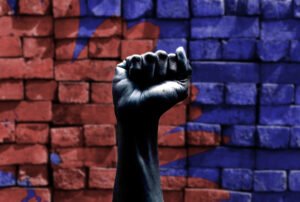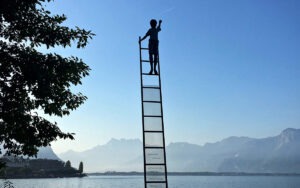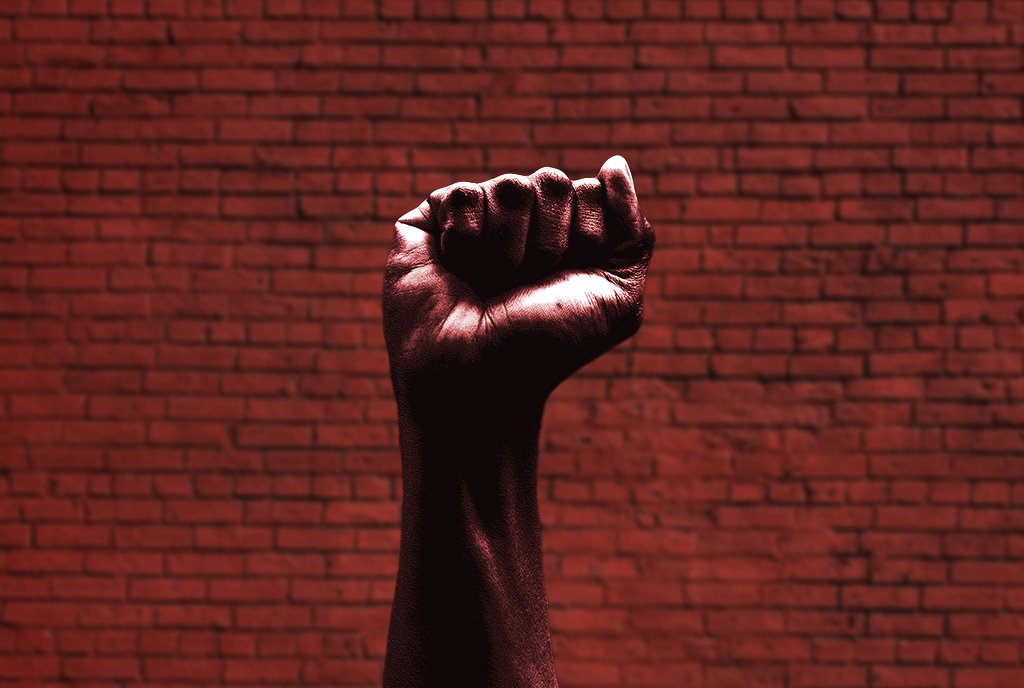
December 9, 2016; New York Times
Manus Island and Nauru are locations for Australia’s offshore immigration detention centers. These island prisons serve as the Pacific Solution for more than 2,000 refugees and asylum seekers sent there since 2013. These refugees are denied adequate legal support, medical services and contact with the Australian public. Nauru is 1,864 miles from the Australian mainland; Manus Island is nearly 200 miles north of the main island of Papua New Guinea. Once here there is no going anywhere, which is one reason why the gates are left open.
Roger Cohen is a foreign editor and columnist for the New York Times. He visited Manus Island without permission. Cohen describes (and shows) what he witnessed as an “exercise in mental and physical cruelty conducted in near secrecy beneath the green canopy of the tropics.” Cohen reports that when hundreds of men began a hunger strike in 2016, several sewed their mouths shut. Their protest was met with indifference by those few who watch over them in this island of misery and utter anonymity.
Endless limbo undoes the mind. But going home could mean facing death: Refugees do not flee out of choice but because they have no choice. Satah’s light brown eyes are glassy. His legs tremble. A young man with a college degree in English, he is now nameless, a mere registration number—FRT009—to Australian officials.
Sign up for our free newsletters
Subscribe to NPQ's newsletters to have our top stories delivered directly to your inbox.
By signing up, you agree to our privacy policy and terms of use, and to receive messages from NPQ and our partners.
The U.S. announced in November that it would work with Australia to receive an unspecified number of its refugees over an unspecified period of time, but the agreement is now subject for the Trump administration to honor or not. Last April, the Papua New Guinea Supreme Court declared “the unconstitutional and illegal detention of the asylum seekers or transferees at the relocation center on Manus” was “against their rights and freedoms.” The Australian government consequently agreed to close the detention center. By late October, the detention center remained and the Supreme Court dismissed applications by the refugees to be returned to Australia on flimsy technical grounds. “Lawyers for the PNG Government—paid for by the Australian Government—successfully argued the applications were invalid, because the men did not sign it themselves.” Some argue that Australian politics are such that “asylum seekers have made a very convenient political tool with which to scare up votes.” There is no sense of urgency in finding an alternative to the Pacific Solution.
The global refugee crisis is a recurring subject examined by NPQ. Just as the interest payments on America’s 15-year war on terror may one day exceed the actual (and counting) $4.79 trillion cost of the war itself, the refugee crisis is a bill that has come due. While America was able to place most of the cost of the war on its credit card, refugees are a burden the world cannot place into columns on a ledger.
It would seem that Western governments still do not have a strategic vision, let alone plan, for how to address the global refugee crisis that long ago breached the breaking point. As the European Union attempts to evenly distribute asylum seekers across the continent, for most countries it takes a photograph of a drowned Syrian child to force leaders to feel the pressure from public opinion to accept the scale of the refugee crisis and their legal and moral responsibilities to find real solutions.
In his Times article, “Broken Men in Paradise: The world’s refugee crisis knows no more sinister exercise in cruelty than Australia’s island prisons,” Cohen makes a good case that the world, let alone Australia, is out of time to find and commit to humanitarian solutions to the refugee crisis.—James Schaffer













